★★½
“Somewhat more than pure junk.”
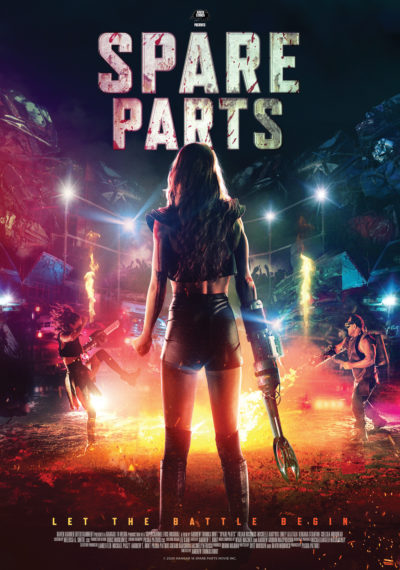 All-girl punk band “Ms. 45” – and I’m awarding half a star purely for that name – are on tour, though things threaten to fall apart due to the bitching between members Emma (Alatalo) and Amy (Argyris), despite them being sisters. Driving away from their latest show (which turned into a bit of a bar-room brawl), they are run off the road by stalker fan Sam (Rouse). The local cops are kind enough to arrange for a tow to a nearby scrapyard. Except, there, the four woman are drugged, and wake up to find themselves each missing an arm, and forced to fight in gladiatorial combats for the pleasure of the Emperor (Richings), Sam’s father and his devotees. But Sam has taken a shine to Emma, and has an eye on using her to replace his Dad, while Emma and her friends only want to escape.
All-girl punk band “Ms. 45” – and I’m awarding half a star purely for that name – are on tour, though things threaten to fall apart due to the bitching between members Emma (Alatalo) and Amy (Argyris), despite them being sisters. Driving away from their latest show (which turned into a bit of a bar-room brawl), they are run off the road by stalker fan Sam (Rouse). The local cops are kind enough to arrange for a tow to a nearby scrapyard. Except, there, the four woman are drugged, and wake up to find themselves each missing an arm, and forced to fight in gladiatorial combats for the pleasure of the Emperor (Richings), Sam’s father and his devotees. But Sam has taken a shine to Emma, and has an eye on using her to replace his Dad, while Emma and her friends only want to escape.
It’s not a bad idea, though the contemporary American setting is poorly considered. Make it a Central American shithole, post-apocalyptic wilderness or something similar; as is, it’s ludicrously implausible, and outside the first five minutes the musical angle is completely irrelevant too, bar a couple of axe jokes. It’s more than similar to Kiss Kiss, which had four women, kidnapped and made to fight in a rural American setting. Admittedly, their count of functioning limbs passed three, though here, it’s never less than obvious that the makers just slapped a weaponized glove on top. There’s no Imperator Furiosa level effects here, and you wonder why they bothered, rather than just handing the women their tools. Though the arm-flamethrower was appealing. It’s not as if I use my right arm for much…
If you liked Gladiator, but felt that it needed more punk rock, this is perhaps for you. I was moderately amused, even though there are only about three actual fights over the ninety minutes, and while those are decent, much of what goes on between them isn’t particularly exciting. You’ve got Sam’s plotting against his father, and there’s a trainer type who seems to be quite an interesting character. Otherwise, it’s kinda meh, especially since the members of Ms. 45 got off on the wrong foot with me, by being cringeworthy stereotypes. I cared little or nothing for their fates thereafter.
In concept, this feels like something out of Japan, perhaps by the creators of The Machine Girl. It just doesn’t have the necessary sense of gonzo, go for broke-ness, save for a couple of nice uses of an arm-chainsaw. Richings seems to be the only one who is truly buying into it, giving the Emperor a sense of insane omnipotence that’s a lot of fun to watch. The other performances need to be equally larger than life, in order to sell what is, let’s be honest, a difficult concept – and in most cases, they weren’t enough to hold my interest. Never a good sign, when the ending seems to point to a better movie than the one you just watched.
Dir: Andrew Thomas Hunt
Star: Emily Alatalo, Michelle Argyris, Jason Rouse, Julian Richings





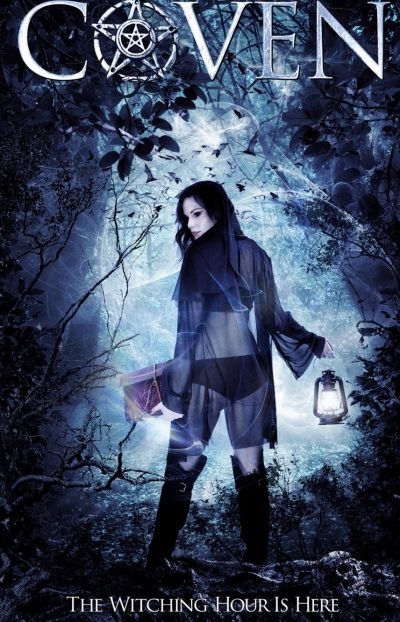 The town of Calvert has had a long association with the dark arts, going back to the founding families in the early 19th century, many of whom were involved in a coven. Now, four of their descendants, led by Ronnie (Cipolla), are seeking to unleash the power of the “goddess witch” Ashura, which has been bound for centuries. They need a fifth to complete the necessary rituals, and their first potential recruit doesn’t quite work out, shall we say, after things get a bit… stabby. However, a quick seeking spell points them in the direction of history student Sophie (Gordon, who also wrote the script).
The town of Calvert has had a long association with the dark arts, going back to the founding families in the early 19th century, many of whom were involved in a coven. Now, four of their descendants, led by Ronnie (Cipolla), are seeking to unleash the power of the “goddess witch” Ashura, which has been bound for centuries. They need a fifth to complete the necessary rituals, and their first potential recruit doesn’t quite work out, shall we say, after things get a bit… stabby. However, a quick seeking spell points them in the direction of history student Sophie (Gordon, who also wrote the script).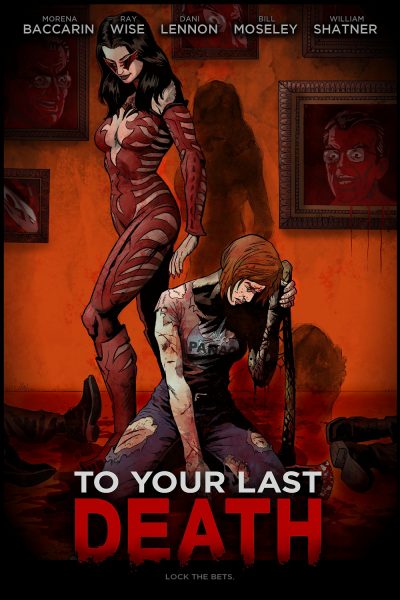 Miriam DeKalb (Lennon) and the rest of her siblings are estranged from their arms dealer father, Cyrus (Wise), after their exposure of his dysfunctional nature ended his political career. Which is why it’s a surprise when they are all invited to his company’s headquarters. It doesn’t end well, with most of them murdered. and Miriam – found at the scene with an ax – tagged as their killer. However, she gets a second chance when visited in hospital by a mysterious figure called the Gamesmaster (Baccarin), who makes Miriam an offer. She’ll get to go back in time 24 hours, knowing what she does now. Will she be able to do better? For the GM runs an event on the astral plane (or somewhere), in which entities bet on the outcome of humans given a second chance at a pivotal moment, and Miriam is her latest subject. So can she change the outcome?
Miriam DeKalb (Lennon) and the rest of her siblings are estranged from their arms dealer father, Cyrus (Wise), after their exposure of his dysfunctional nature ended his political career. Which is why it’s a surprise when they are all invited to his company’s headquarters. It doesn’t end well, with most of them murdered. and Miriam – found at the scene with an ax – tagged as their killer. However, she gets a second chance when visited in hospital by a mysterious figure called the Gamesmaster (Baccarin), who makes Miriam an offer. She’ll get to go back in time 24 hours, knowing what she does now. Will she be able to do better? For the GM runs an event on the astral plane (or somewhere), in which entities bet on the outcome of humans given a second chance at a pivotal moment, and Miriam is her latest subject. So can she change the outcome? The blurb I read, which got my attention, compared this to Queen of the South, and the debt is rather too obvious, with the novel falling short of the TV series. Layla Navarro has grown up as part of the Culiacan cartel in Mexico, and when its leader, her uncle “El Patrón” is captured by authorities, she has to step into the breach. However, there are a number of factions within the cartel who are unimpressed at the thought of being led by a woman, and have their own plans. When she discovers that one of the leading members, Don Guillermo Muñoz, is trafficking in young girls, she vows not to let it stand. But before she can take action, the plane she’s on is forced to land in the Mexican jungle. Along with Clay, her loyal Canadian pot-dealer ally, Layla has to avoid those seeking to finish the job, and strike back at Guillermo.
The blurb I read, which got my attention, compared this to Queen of the South, and the debt is rather too obvious, with the novel falling short of the TV series. Layla Navarro has grown up as part of the Culiacan cartel in Mexico, and when its leader, her uncle “El Patrón” is captured by authorities, she has to step into the breach. However, there are a number of factions within the cartel who are unimpressed at the thought of being led by a woman, and have their own plans. When she discovers that one of the leading members, Don Guillermo Muñoz, is trafficking in young girls, she vows not to let it stand. But before she can take action, the plane she’s on is forced to land in the Mexican jungle. Along with Clay, her loyal Canadian pot-dealer ally, Layla has to avoid those seeking to finish the job, and strike back at Guillermo.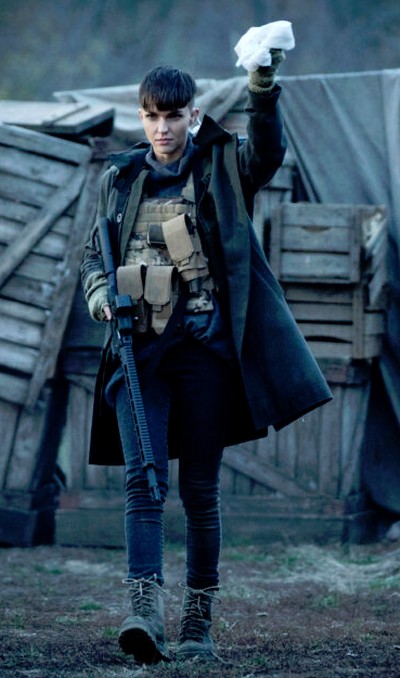
 For the first, perhaps, three-quarters, this feels almost more like a Lifetime Original Movie. Then, at the end… Hoo-boy. But let’s not get ahead of ourselves, shall we? It begins with Nina (Orlan), seeking to escape a fraught life in Russia, for her and her young daughter, Dasha (Pimenova). Through an online dating service, she meets Karl Frederick (Bernsen), and they eventually move to America to be with him. While he’s an older gentleman, initially they seem to have struck it lucky, for he’s a rich, retired surgeon, who owns a massive estate in the country. In fact, you could say it seems almost too good to be true…
For the first, perhaps, three-quarters, this feels almost more like a Lifetime Original Movie. Then, at the end… Hoo-boy. But let’s not get ahead of ourselves, shall we? It begins with Nina (Orlan), seeking to escape a fraught life in Russia, for her and her young daughter, Dasha (Pimenova). Through an online dating service, she meets Karl Frederick (Bernsen), and they eventually move to America to be with him. While he’s an older gentleman, initially they seem to have struck it lucky, for he’s a rich, retired surgeon, who owns a massive estate in the country. In fact, you could say it seems almost too good to be true…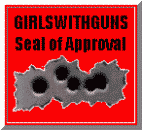


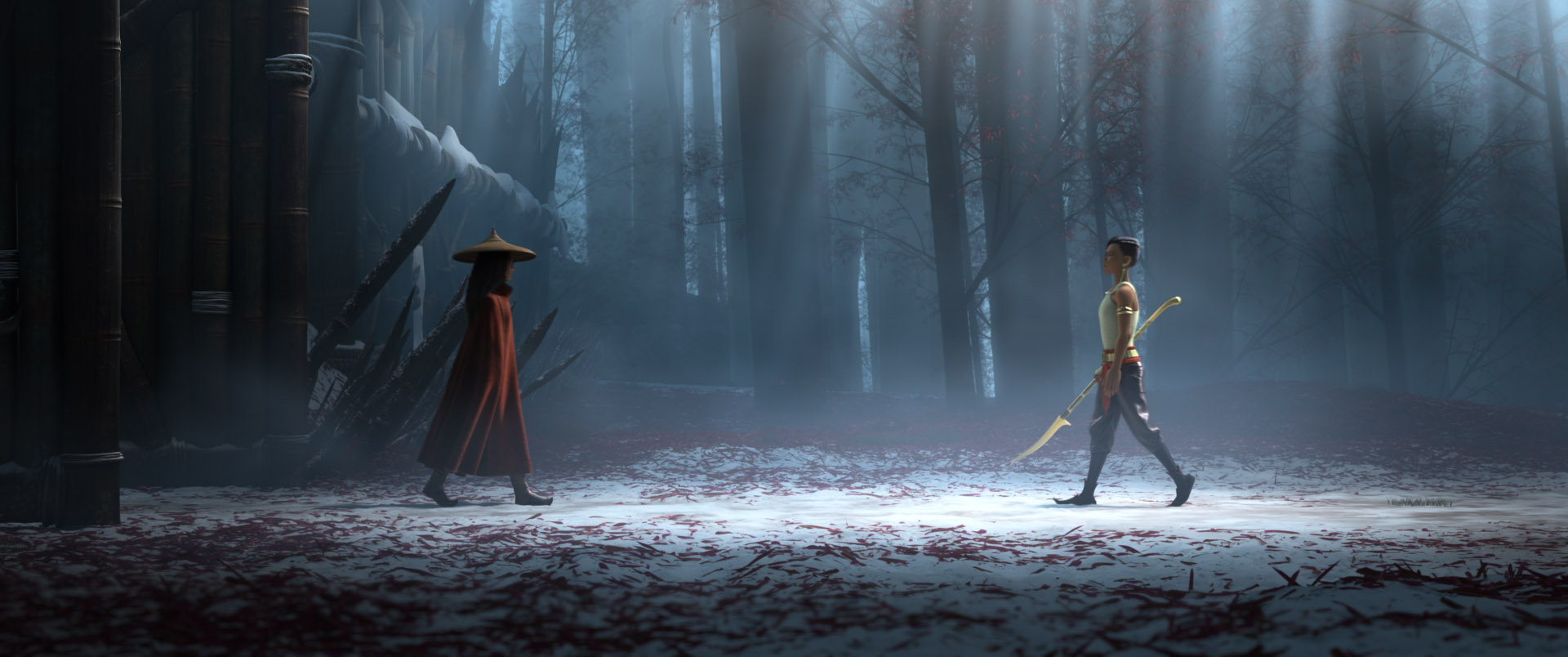
 This opens and closes with footage and photographs of the real Michelle Payne, who is the subject of the film. Part of me wonders if that documentary approach might have proved a more successful one, rather than the parade of sports drama cliches we get here. Admittedly, quite a lot of them are based in fact. Payne was the first woman to ride to victory in the Melbourne Cup – that’s Australia’s premier horse-race, roughly equivalent in prestige to the Kentucky Derby or Grand National in the US or UK respectively. This alone, is quite an achievement. But she did so as one of ten brothers and sisters, who largely had to bring themselves up after their mother died when Michelle was only six months old. Her father was a horse trainer, and no fewer than
This opens and closes with footage and photographs of the real Michelle Payne, who is the subject of the film. Part of me wonders if that documentary approach might have proved a more successful one, rather than the parade of sports drama cliches we get here. Admittedly, quite a lot of them are based in fact. Payne was the first woman to ride to victory in the Melbourne Cup – that’s Australia’s premier horse-race, roughly equivalent in prestige to the Kentucky Derby or Grand National in the US or UK respectively. This alone, is quite an achievement. But she did so as one of ten brothers and sisters, who largely had to bring themselves up after their mother died when Michelle was only six months old. Her father was a horse trainer, and no fewer than  Having previously read and thoroughly enjoyed, the same author’s
Having previously read and thoroughly enjoyed, the same author’s